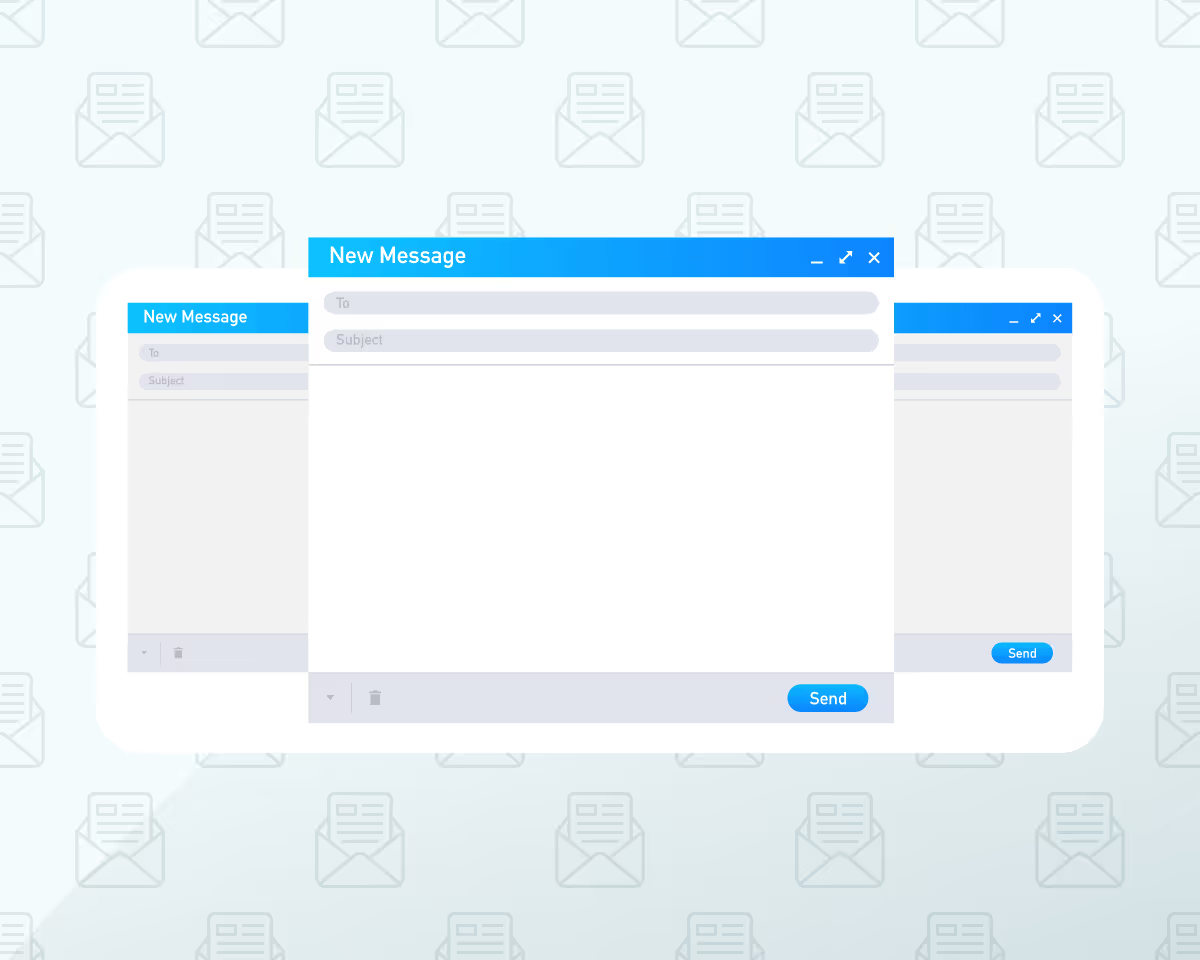Ready to create more pipeline?
Get a demo and discover why thousands of SDR and Sales teams trust LeadIQ to help them build pipeline confidently.



Cold outreach is becoming increasingly challenging as prospects receive an overwhelming number of emails daily, making it harder for sales teams to stand out and avoid spam filters.

Successful cold outreach relies on three layers of personalization—individual, company, and industry—which helps tailor messages to resonate with the recipient and increase engagement.

Cold emails should be concise, answer key questions, and follow a strategic framework to capture attention, address pain points, and encourage action. These cold email templates can help any sales team improve their existing cold email tactics and frameworks.
Get a demo and discover why thousands of SDR and Sales teams trust LeadIQ to help them build pipeline confidently.
Cold outreach — the process of reaching out to potential customers who haven’t interacted with your business or expressed interest in your products, typically through cold emails or cold calls — is getting harder than ever before.
This is due to a confluence of factors.
For starters, there’s an oversaturation problem, with the average prospect receiving 121 emails every day. As spam filters become more robust, privacy concerns abound, and customers are increasingly cognizant about the dangers of interacting with messages from unknown senders, sales teams face an uphill battle when it comes to cold outreach success.
Despite these challenges, it’s still possible for sales reps to cut through the noise and win with a strategic cold outreach campaign targeted at the right buyers.
To do that, teams need to understand the three layers of personalization that should apply to cold emails, and they also must make sure each message answers three key questions. At the same time, they need to ensure their emails aren’t too long and are easy to read.
If you’re looking to improve cold outreach, you’ve come to the right place. Keep reading to learn more about the best practices teams should follow when writing B2B emails along with seven cold email frameworks you can use to guide your efforts.
According to recent research from McKinsey, 71% of customers expect personalization today, and 76% of them are frustrated when they don’t get it. With that in mind, it comes as no surprise that successful cold emails are usually personalized.
As you begin writing cold emails, it’s important to ensure you have some layer of personalization attached to each of them. That’s not as tall of an order as it might sound because there are three different ways you can personalize emails to folks you don’t know too well:
Personalization is a critical element in successful cold email campaigns. While there may be some instances where cold emails might not need to be personalized — think blasting a very broad audience — you should personalize emails for more targeted campaigns or when reaching out to high-value prospects. By personalizing outreach, you demonstrate a genuine interest in the recipient, increasing the likelihood of improved response rates.
As you begin creating new cold email sequences, make sure each message you send answers these questions:
To help jumpstart the message creation process, here’s my cold email framework; please feel free to use it:
To help jumpstart the message creation process, here’s my cold email framework; please feel free to use it:
Subject line: 1-3 words
Hi [First Name],
Sentence 1: Why you’re reaching out (trigger or observation)
Sentence 2: The problem associated with your observation
Sentence 3: How your solution solves the problem, with social proof
Sentence 4: Interest-based call-to-action (CTA)
Thank you,
[Your Name]
P.S. (Personalization for specific prospect)

When writing cold emails, it’s important to strike the right balance between length and spacing. In our age of distractions, it’s critical to capture the recipient’s attention as fast as possible and convey your message effectively.
Generally, cold emails should be concise; somewhere between 50 and 125 words is a good spot to aim for. You also need to think about readability, too. Write short sentences and break up text with bullet points and white space to make each email more visually appealing.
Ultimately, your goal is to provide enough information to pique the recipient’s interest while leaving them wanting to learn more so they take the desired action.
Need some more help jumpstarting your cold outreach email sequence creation? Here are seven popular B2B cold email templates that can get you thinking in the right direction.
The 4T framework stands for truth, think, third-party validation, and talk.
Talk. Close your email by giving your prospect the floor and seeing if they want to talk
The AIDA framework stands for attention, interest, desire, action.
Action. End your message with a clear call to action that makes it easy to tell what they’re supposed to do next.
The PAS framework stands for problem, agitation, solution.
The 3-B plan stands for brevity, bluntness, and basic.
The BAB framework stands for before, after, bridge.
The STAR framework stands for situation, task, action, result.
The 3Ps framework stands for praise, picture, push.
Cold outreach is difficult to do well, but it’s a critical tool in every sales and GTM team’s arsenal. By ensuring every message is personalized, answers appropriate questions, and is written in a way that is easy to consume, reps can increase the chances their cold email efforts return dividends.
Wondering how you’re going to find enough hours in the day to personalize all of your cold outreach? Don’t be.
Request a demo today to see how you can uncover research insights and use AI to power your cold email outreach in just a few clicks.